Did you know the Rottweiler ranks as the 8th most popular dog breed in the United States? This impressive statistic highlights their widespread appeal and adaptability1. Known for their loyalty and protective nature, these dogs have a rich history as both family companions and working partners.

Originally bred to herd livestock and pull carts, Rottweilers are intelligent and versatile. Today, they excel in roles like search and rescue, police work, and even therapy1. Their muscular build and strong physique make them ideal for demanding tasks, while their keen minds allow them to learn quickly.
Whether you’re looking for a loyal family protector or a dedicated working dog, the Rottweiler stands out. Their ability to adapt to various roles and environments makes them a favorite among dog enthusiasts.
Key Takeaways
- Rottweilers are the 8th most popular dog breed in the U.S1..
- They are known for their loyalty and protective nature.
- Originally bred for herding and cart-pulling, they are highly intelligent.
- Modern roles include search and rescue, police work, and therapy.
- Their muscular build and versatility make them ideal for various tasks.
The Rich History of the Rottweiler
The Rottweiler’s journey began centuries ago, rooted in ancient Roman history. These dogs trace their lineage back to Roman mastiffs, which accompanied armies as early as 74 AD. Their strength and intelligence made them ideal for guarding and herding cattle during military campaigns.
By the 1400s, the breed found a new home in the German town of Rottweil. Here, they became known as butcher’s dogs, helping drive cattle to market and protecting their owners’ earnings. Their versatility and loyalty earned them a reputation as reliable working companions.
However, the 19th century brought challenges. The rise of railroads nearly led to the breed’s extinction, as their role in cattle driving diminished. By 1882, only one female Rottweiler was recorded in the town. Thankfully, dedicated breeders stepped in to revive the population.
In 1914, German breed clubs like the DRK and SDRK were formed to standardize and preserve the breed. During World War II, Rottweilers served as messenger dogs and mobile first aid units, showcasing their intelligence and adaptability.
By the 1990s, this breed reached peak popularity in the U.S., becoming the most-registered breed with the AKC. Their rich history and versatility continue to make them a beloved choice for families and working professionals alike.
| Year | Milestone |
|---|---|
| 74 AD | Originated from Roman mastiffs |
| 1400s | Named after Rottweil, Germany |
| 1882 | Population low: 1 surviving female |
| 1914 | Formation of German breed clubs (DRK/SDRK) |
| 1990s | Peak U.S. popularity as most-registered AKC breed |
Physical Characteristics of the Rottweiler
European and American breeding standards create noticeable differences in this breed’s physique2. Whether you prefer a robust working line or a refined show dog, understanding these traits helps you choose the right companion.
Coat and Color Patterns
The short, dense double coat is weather-resistant and low-maintenance. Classic black markings with rich tan accents highlight their expressive faces and powerful legs.
Size and Build
Males typically stand 24–27 inches tall and weigh 110–132 pounds, while females measure 22–25 inches and 77–106 pounds2. European lines often have a heavier build, prioritizing strength for work.
Key considerations for their frame:
- Joint health: Larger size increases stress on hips and elbows; weight management is critical3.
- Proportionality Show lines may have slightly shorter legs to meet conformation standards.
- Working vs. show: Working dogs often have more muscle mass and endurance-focused builds.
This animal’s balanced proportions ensure agility despite its powerful stature. Regular vet checks help maintain optimal weight and joint health3.
The Rottweiler Temperament
Behavior in dogs is shaped by training, socialization, and environment. Contrary to myths, aggression is not inherent to specific breeds but often results from inadequate upbringing4. With proper training, even dogs with strong instincts can become loyal and well-behaved companions.
Historically, many breeds were developed for guarding roles, which explains their territorial nature5. These instincts, while natural, can be managed through consistent leadership and early socialization. Understanding this background helps owners address their dog’s needs effectively.

A 2008 study found that male dogs exhibit higher aggression levels compared to females6. Neutering can reduce these tendencies, especially in males. This highlights the importance of considering sex and neutering status when addressing behavior.
Consistency in leadership is crucial. Dogs thrive when they understand their owner’s expectations and boundaries7. Clear rules and routines help them feel secure and build trust. Regular training sessions reinforce desired behaviors and strengthen the bond between dog and owner.
One inspiring example is Jake, a dog who received a bravery award in 2009 for protecting his owner during an attack8. His story showcases the loyalty and courage these dogs can display when properly trained and socialized. It also challenges negative stereotypes, proving that with the right care, they can be exceptional companions.
Training Your Rottweiler for Success
Training your dog for success starts with understanding their unique needs. Whether you’re raising a loyal family protector or a dedicated working companion, structured training builds confidence and strengthens your bond. With a 92% success rate in Schutzhund trials, this breed excels in advanced obedience and specialized roles.
Early Socialization Techniques
Start socialization early to ensure your dog adapts well to new environments. Introduce them to different people, animals, and sounds during their first few months. This builds a foundation for calm and confident behavior in adulthood.
Daily walks and playdates are excellent ways to expose your dog to new experiences. Consistency is key—short, focused sessions each day yield better results than sporadic training.
Advanced Obedience Training
Once basic commands are mastered, move on to advanced techniques. Schutzhund training, also known as IPO, includes tracking, obedience, and protection phases. These milestones challenge your dog’s intelligence and physical abilities.
Weight-pull conditioning is another great way to build strength and endurance. For mental engagement, introduce scent work. This taps into their natural instincts and keeps them mentally sharp.
If you’re interested in therapy or service roles, AKC Canine Good Citizen certification is a great starting point. This program evaluates your dog’s behavior in real-world scenarios, ensuring they’re ready for public interactions.
Training isn’t just about commands—it’s about building trust and understanding. With patience and consistency, your dog will thrive in any role you choose for them.
Exercise and Mental Stimulation Needs
Daily exercise and mental challenges are key to a happy and healthy dog. A minimum of 60 minutes of activity each day helps maintain their physical and mental well-being. Structured routines can reduce obesity rates by 40%, ensuring your dog stays fit and active9.

For puppies, short, frequent play sessions are ideal. Aim for 5 minutes of exercise per month of age, up to twice a day9. Adult dogs thrive with 30 minutes to 2 hours of activity, including walks and interactive games. Senior dogs benefit from moderate exercise tailored to their comfort level.
Hiking with weighted packs is a great way to build strength. Start with 10-15% of your dog’s body weight and gradually increase. Always monitor their comfort and consult your vet before starting10.
Puzzle feeders are excellent for mental stimulation during mealtime. They slow down fast eaters and reduce boredom, keeping your dog engaged and happy11. Flirt poles provide a fun way to simulate prey-chasing behavior, but always supervise to ensure safety12.
Swimming is a low-impact option that’s gentle on joints. It’s perfect for dogs with mobility concerns and offers a full-body workout. Always supervise and ensure a safe exit point13.
Health Concerns Every Rottweiler Owner Should Know
Proper care can significantly extend your dog’s lifespan and improve their quality of life. By understanding common health conditions and implementing preventative strategies, you can ensure your furry friend stays happy and healthy for years to come14.
Common Genetic Conditions
Certain health issues are more prevalent in larger breeds. Hip and elbow dysplasia are common, but joint supplements can reduce progression by 34%14. Ligament injuries, such as cruciate tears, are also a concern, especially in active dogs. Early detection and treatment are key to managing these conditions effectively.
Preventative Care Strategies
Regular vet visits are essential. After age 5, schedule biannual check-ups to monitor your dog’s health closely14. These visits help detect issues early, update vaccinations, and discuss dietary needs. Omega-3 fatty acids, at 20 milligrams per pound of body weight daily, support joint health and cognitive function15.
The debate between raw and cooked diets continues. While raw food may mimic a natural diet, cooked food is safer from bacterial contamination16. Consult your vet to choose the best option for your dog’s needs.
Temperature regulation is vital. Dogs rely on panting to cool down, but extreme weather can pose risks. Provide fresh water, shade, and avoid strenuous activity during peak temperatures17.
Finally, follow a vaccination schedule tailored to your dog’s age and lifestyle. Puppies need initial shots, while adults require boosters to stay protected18. Proactive care ensures your dog lives a long, healthy life.
Nutritional Requirements for a Healthy Rottweiler
Feeding your pet the right diet is essential for their health and happiness. Whether you have a puppy or an adult dog, understanding their nutritional needs ensures they thrive. Start by choosing formulas tailored to their life stage and size19.
Large-breed puppies require food rich in high-quality proteins and balanced in calcium and phosphorus. This supports healthy bone development and prevents excessive weight gain19. For adult dogs, formulas focus on maintaining energy levels and overall health. Transitioning from puppy to adult food should be gradual, typically around 12 to 18 months19.
Calculate your dog’s calorie needs based on their weight and activity level. A general guideline is 30 calories per pound of body weight per day20. Active dogs may need more, while sedentary ones require less. Always monitor their weight and adjust portions as needed20.
If you consider raw food, follow strict safety protocols to avoid bacterial contamination. Purchase from reputable sources, store properly, and handle with care21. Consult your vet to ensure a balanced diet and weigh the risks.
Avoid toxic foods like grapes, onions, chocolate, and xylitol. These can cause serious health issues, including kidney failure and hypoglycemia22. Keep these items out of reach and consult a vet if ingestion occurs.
Slow-feeder bowls are excellent for promoting healthy eating habits. They prevent bloating and obesity by slowing down your pet’s eating pace23. Choose a durable, easy-to-clean option that suits your dog’s size and eating habits.
Grooming and Maintenance Tips
Keeping your dog well-groomed is essential for their health and happiness. Regular grooming routines not only keep them looking their best but also prevent common health issues. With a few simple steps, you can ensure your dog stays clean, comfortable, and healthy.
Weekly brushing reduces shedding by 60%, keeping your home cleaner and your dog’s coat shiny. Use a rubber grooming mitt for short coats—it’s gentle and effective. This tool also helps distribute natural oils, promoting a healthy coat.
Cleaning your dog’s ears weekly can reduce the risk of infections by 80%. Use a vet-approved solution and gently wipe the outer ear. Avoid inserting anything into the ear canal to prevent damage.
For nail trimming, cut at a 45-degree angle to avoid the quick. If you’re unsure, ask your vet or groomer for a demonstration. Regular trimming prevents discomfort and keeps your dog’s paws healthy.
Dental care is crucial. Brush your dog’s teeth daily with a dog-friendly toothpaste. Introduce this routine gradually to make it a positive experience. Dental chews can also help reduce plaque buildup.
To prevent tear stains, clean around your dog’s eyes daily with a damp cloth. Check for redness or irritation, which could indicate an underlying issue. Keeping this area clean helps maintain their overall health.
Moisturize your dog’s paw pads regularly, especially in dry or cold weather. Use a pet-safe balm to prevent cracking and discomfort. This simple step keeps their paws soft and protected.
| Grooming Task | Frequency | Benefit |
|---|---|---|
| Brushing | Weekly | Reduces shedding by 60% |
| Ear Cleaning | Weekly | Reduces infection risk by 80% |
| Nail Trimming | Monthly | Prevents discomfort and injury |
| Dental Care | Daily | Reduces plaque and gum disease |
| Paw Care | As needed | Prevents cracking and discomfort |
By following these grooming tips, you’ll keep your dog healthy and happy. A well-maintained coat, clean ears, and trimmed nails are signs of a cared-for companion. Start these routines early to make them a natural part of your dog’s life.
Conclusion
With the right care, this breed can be a lifelong companion. Preventative measures, like regular vet visits and a balanced diet, can extend their lifespan and keep them healthy. Their emotional intelligence makes them deeply attuned to your needs, offering both loyalty and a protective presence.
Consider adopting from a rescue to give a deserving dog a second chance. These organizations often provide valuable insights into their temperament and needs. Keep in mind, some home insurance policies may have breed-specific restrictions, so check with your provider.
In the end, a trained Rottweiler isn’t just a pet—it’s a 130-pound security system with a heart of gold. Their unwavering devotion and versatility make them an exceptional addition to any family.
FAQ
What makes this breed so versatile and loyal?
Where did this breed originate?
What are the key physical traits of this breed?
How would you describe their temperament?
What’s the best way to train them?
How much exercise do they need?
What health issues should owners be aware of?
What should their diet include?
How do you groom them properly?
Source Links
- https://www.akc.org/dog-breeds/rottweiler/
- https://www.akc.org/expert-advice/breeds/standards/
- https://www.akc.org/expert-advice/health/understanding-dog-joint-health/
- https://www.akc.org/expert-advice/training/understanding-dog-aggression/
- https://www.akc.org/dog-breeds/guardian-dog-breeds/
- https://www.ncbi.nlm.nih.gov/pmc/articles/PMC2681292/
- https://www.akc.org/expert-advice/training/importance-of-consistency-in-dog-training/
- https://www.dailymail.co.uk/news/article-1210192/Brave-Rottweiler-Jake-saves-owner-attackers.html
- https://www.akc.org/expert-advice/health/creating-exercise-schedule-for-your-dog/
- https://www.akc.org/expert-advice/training/using-weighted-vests-for-dogs/
- https://www.akc.org/expert-advice/nutrition/puzzle-feeders-for-dogs/
- https://www.akc.org/expert-advice/training/using-a-flirt-pole-with-your-dog/
- https://www.akc.org/expert-advice/health/benefits-of-swimming-for-dogs/
- https://www.akc.org/expert-advice/health/regular-veterinary-checkups-for-dogs/
- https://www.akc.org/expert-advice/nutrition/omega-3-fatty-acids-for-dogs/
- https://www.akc.org/expert-advice/nutrition/raw-vs-cooked-dog-food/
- https://www.akc.org/expert-advice/health/understanding-your-dogs-body-temperature/
- https://www.akc.org/expert-advice/health/vaccinations-for-dogs/
- https://www.akc.org/expert-advice/nutrition/puppy-vs-adult-dog-food/
- https://www.petmd.com/dog/nutrition/evr_dg_calculating_calories_for_your_dog
- https://www.cdc.gov/healthy-pets/about/pet-food-safety.html
- https://www.cdc.gov/healthy-pets/pets/animal-poison-control/toxic-foods.html
- https://www.forbes.com/sites/forbes-personal-shopper/article/best-slow-feeder-dog-bowls/
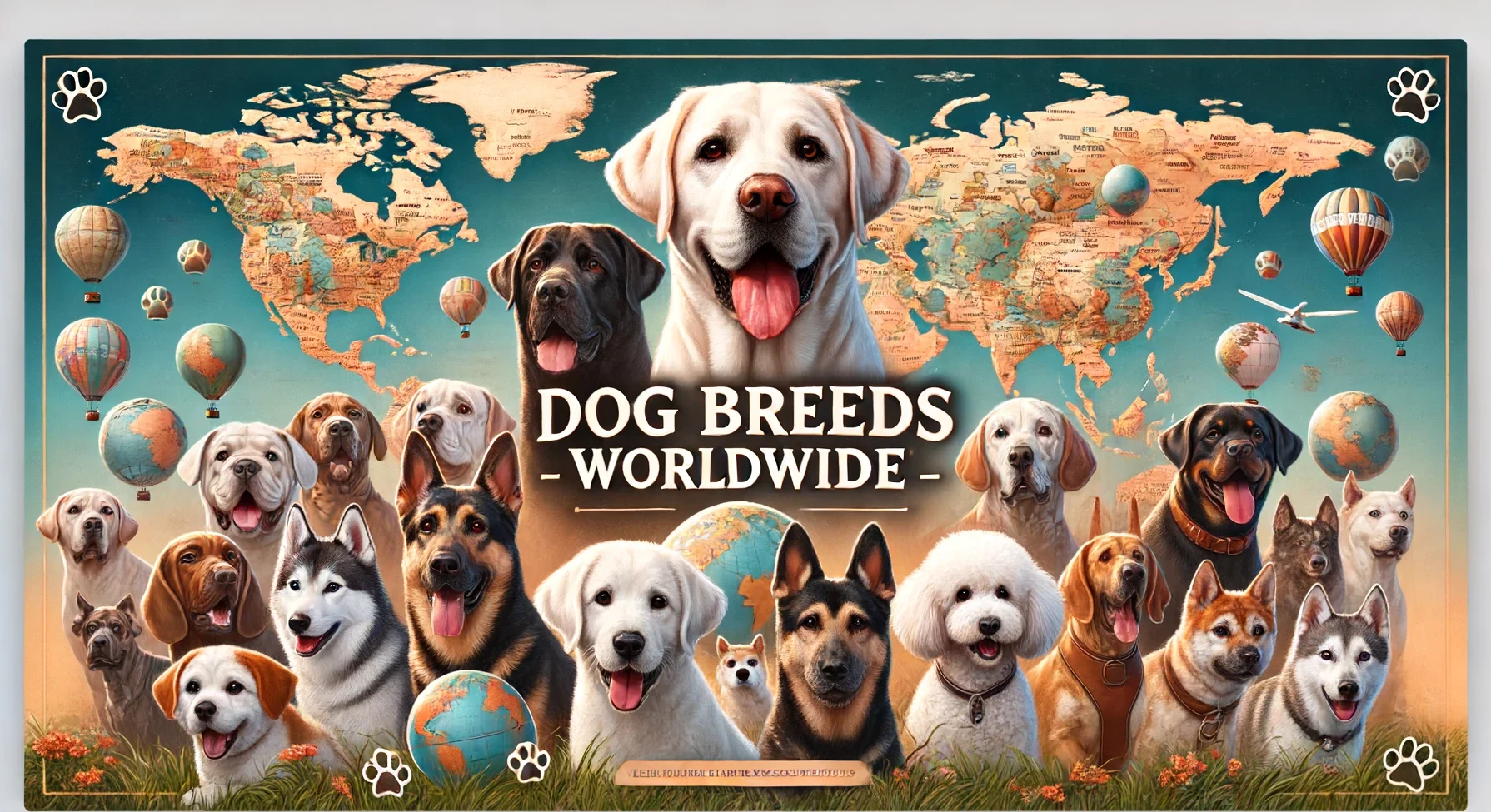
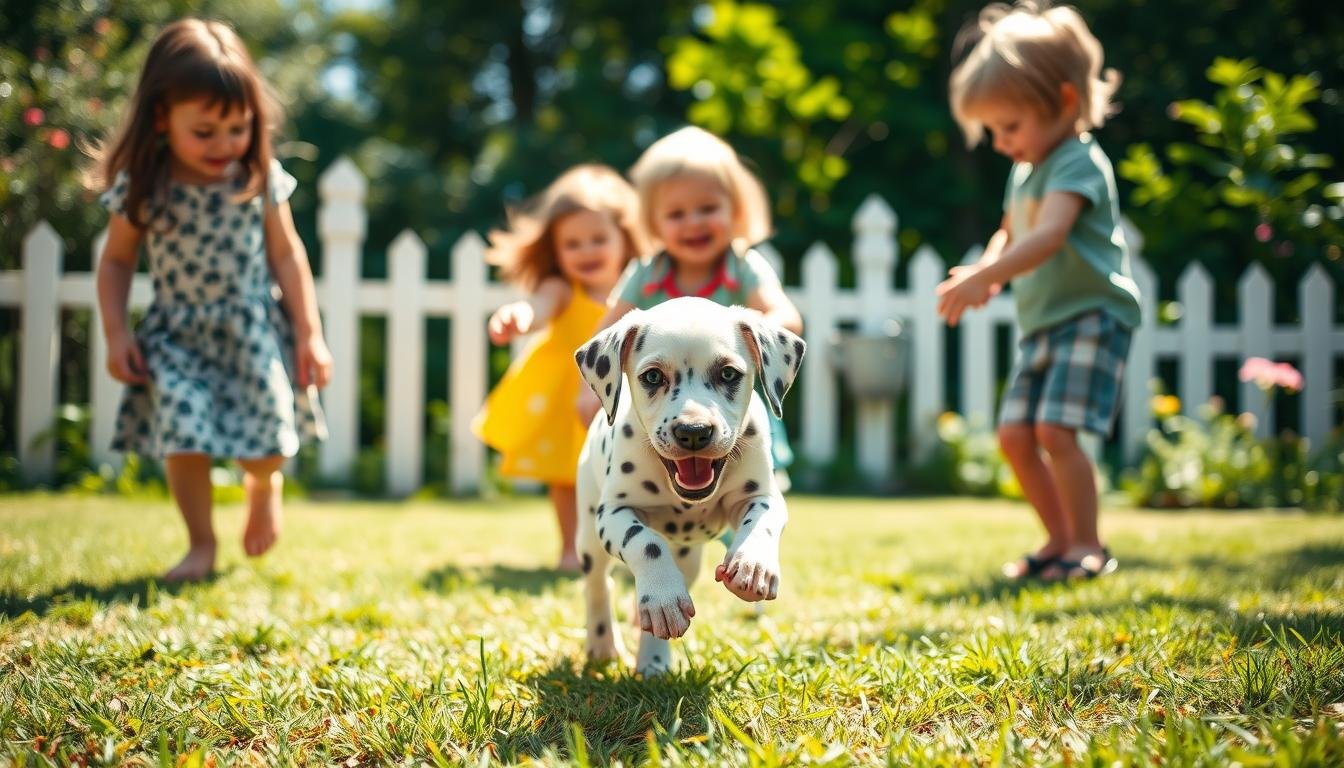
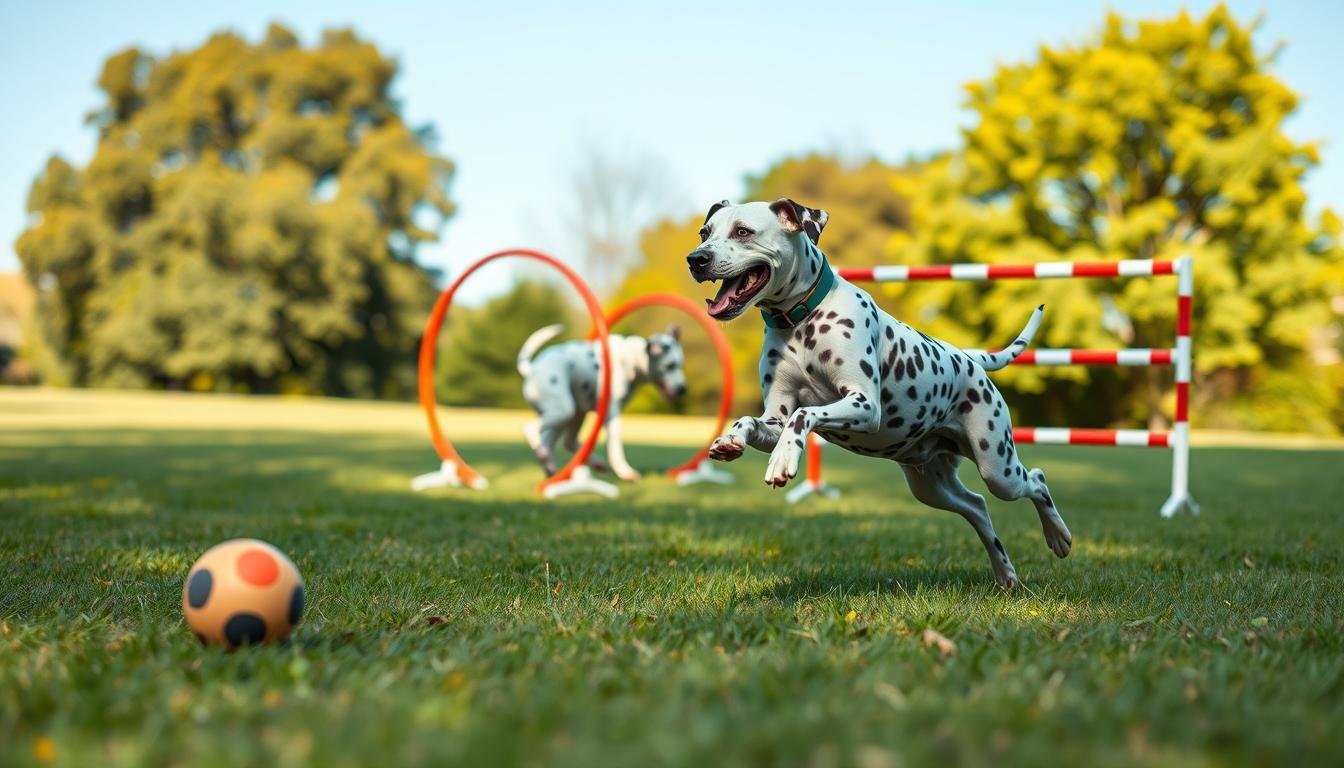
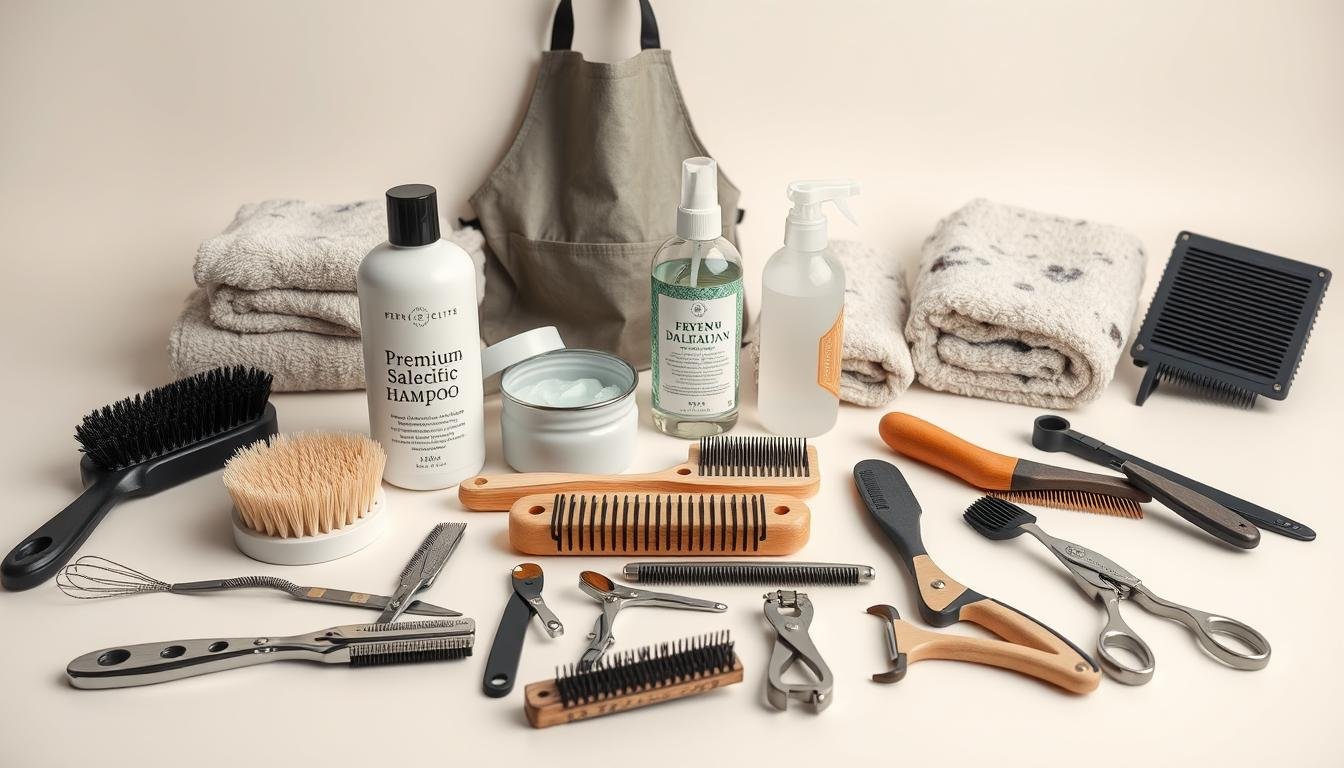
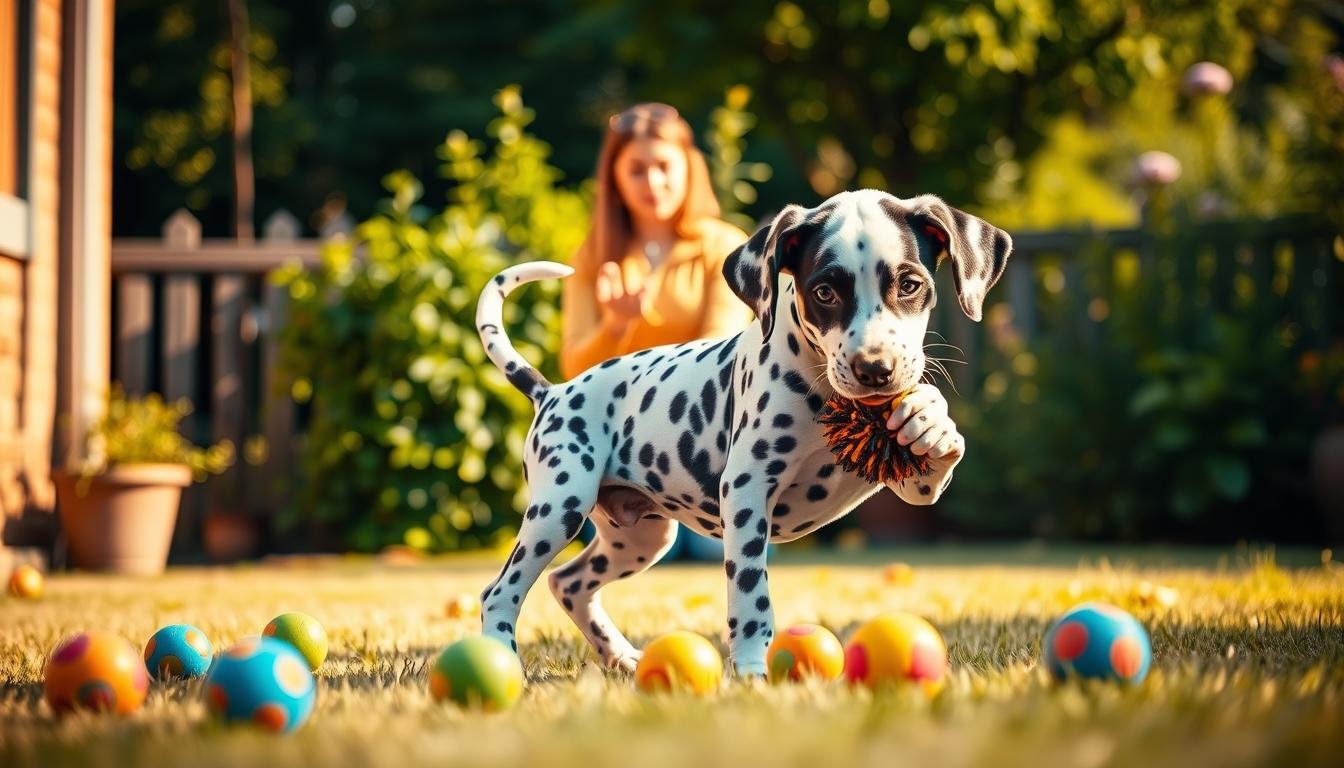
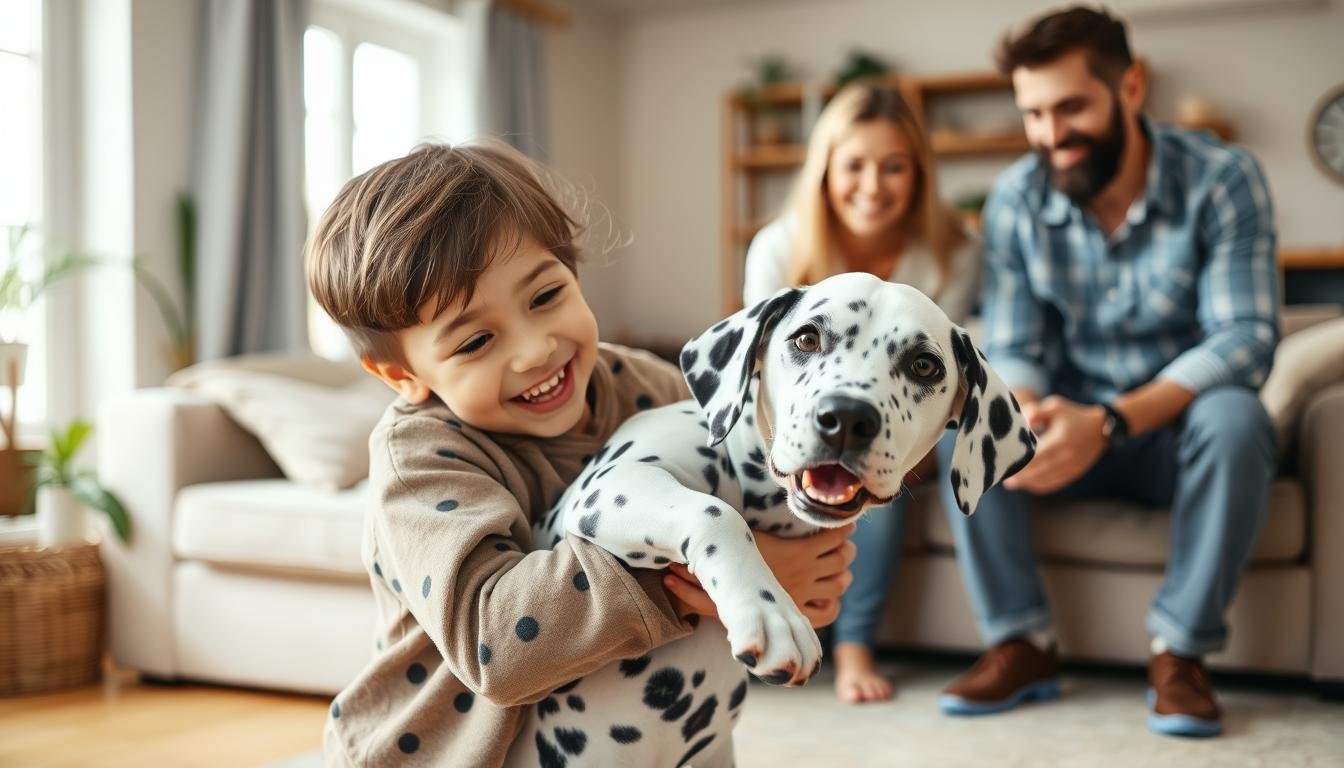
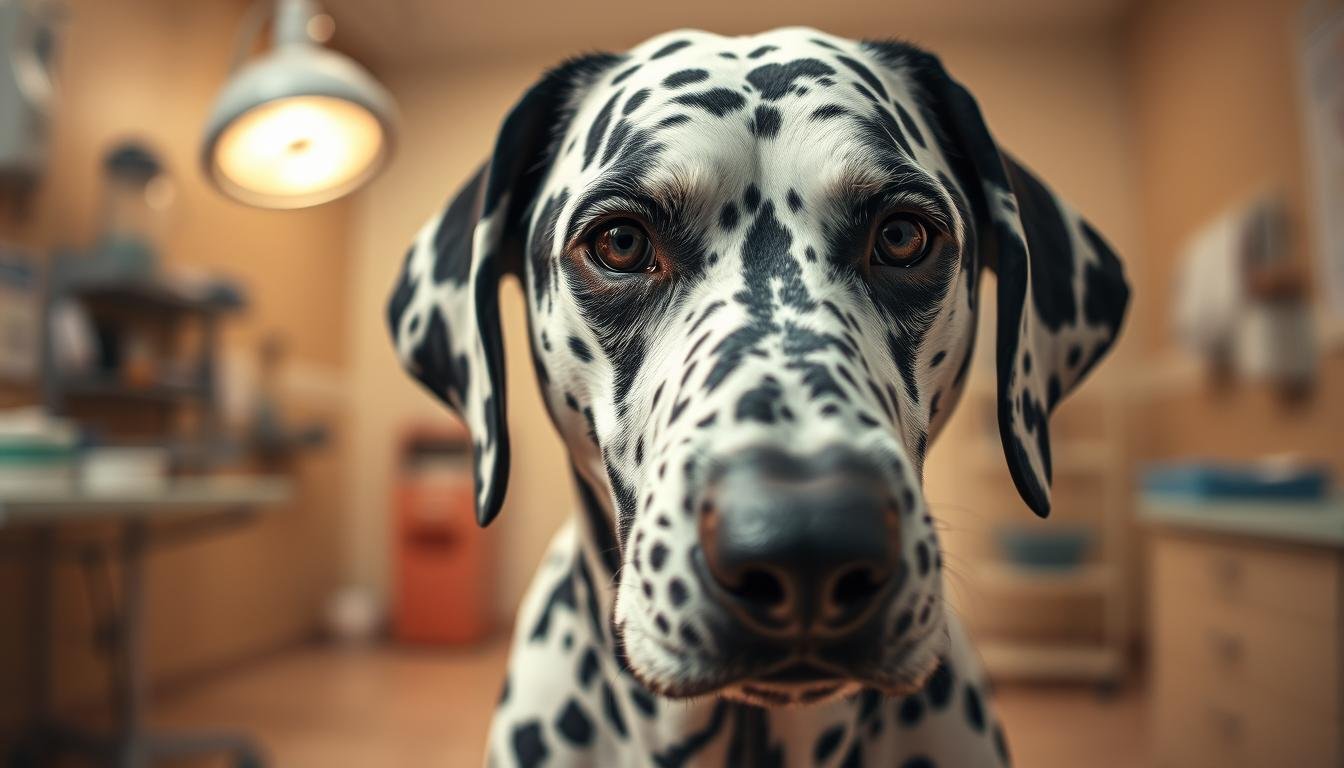
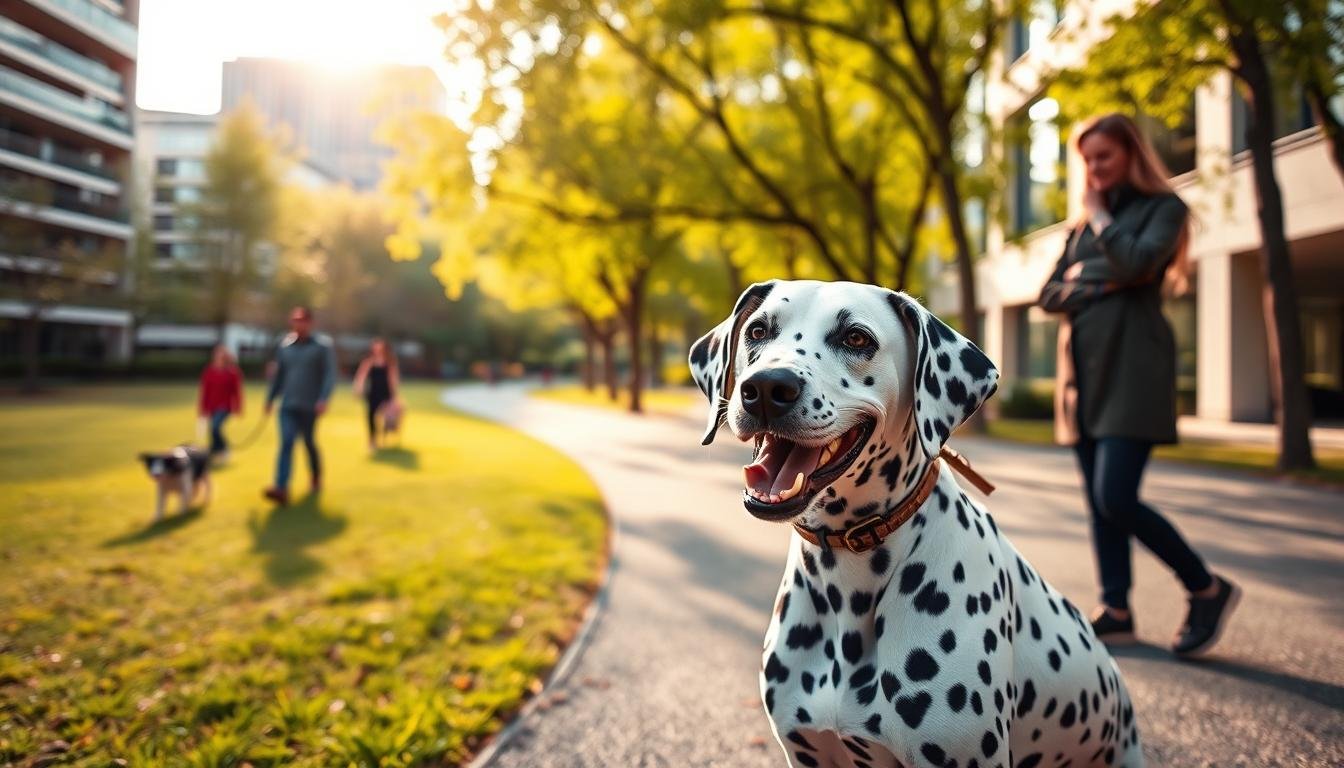
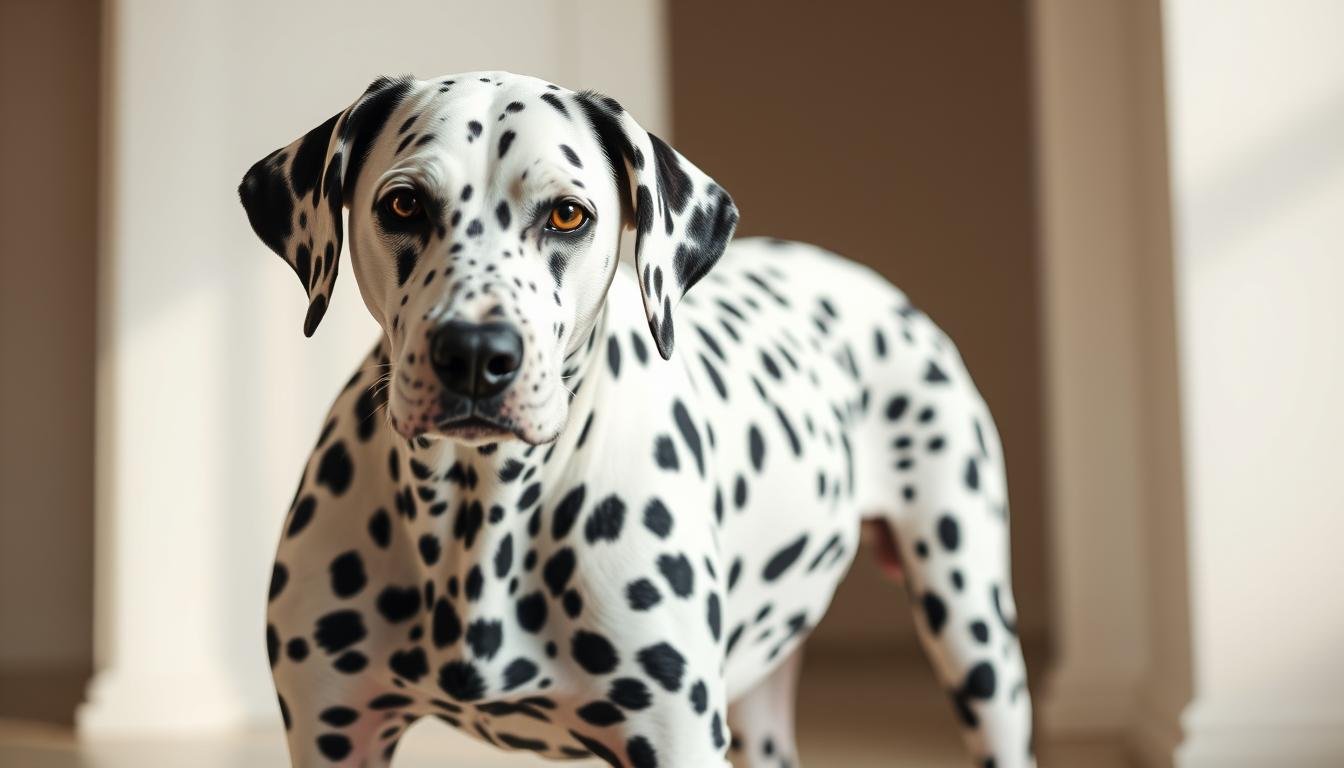
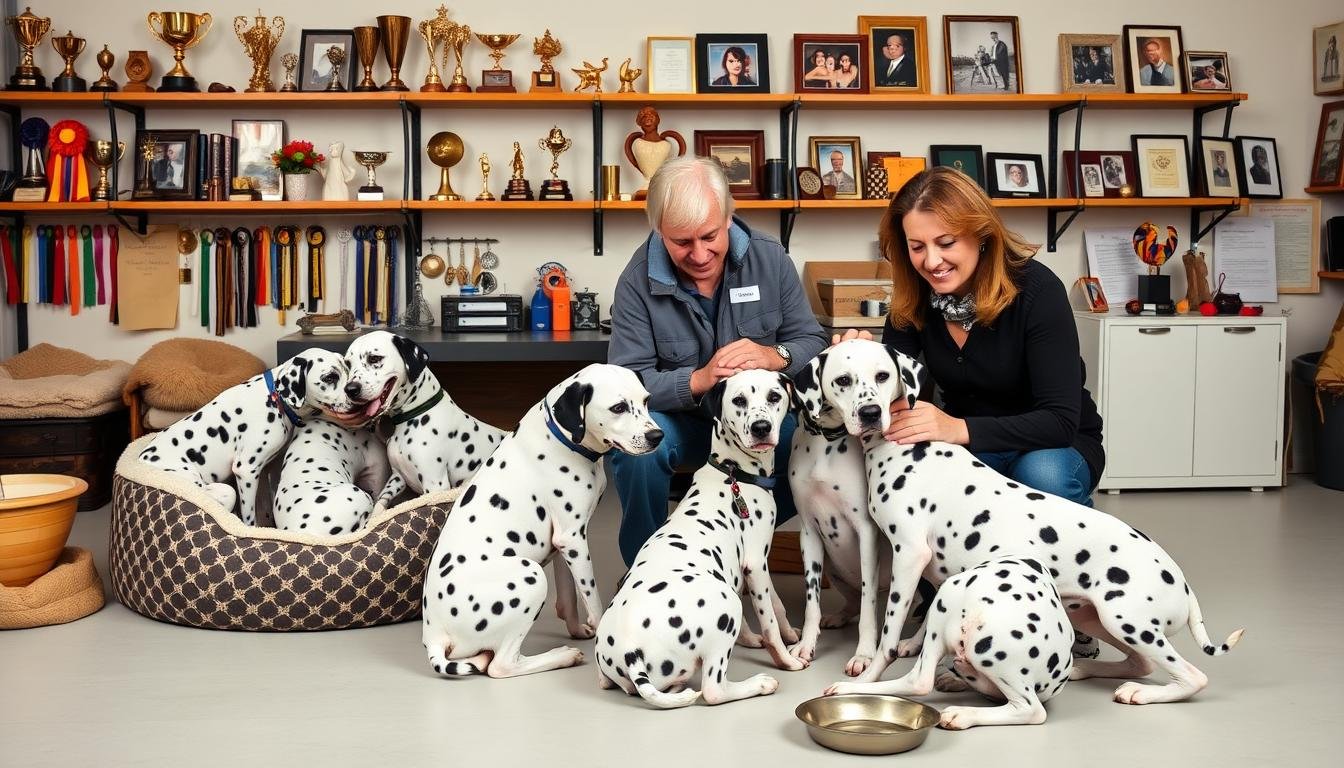
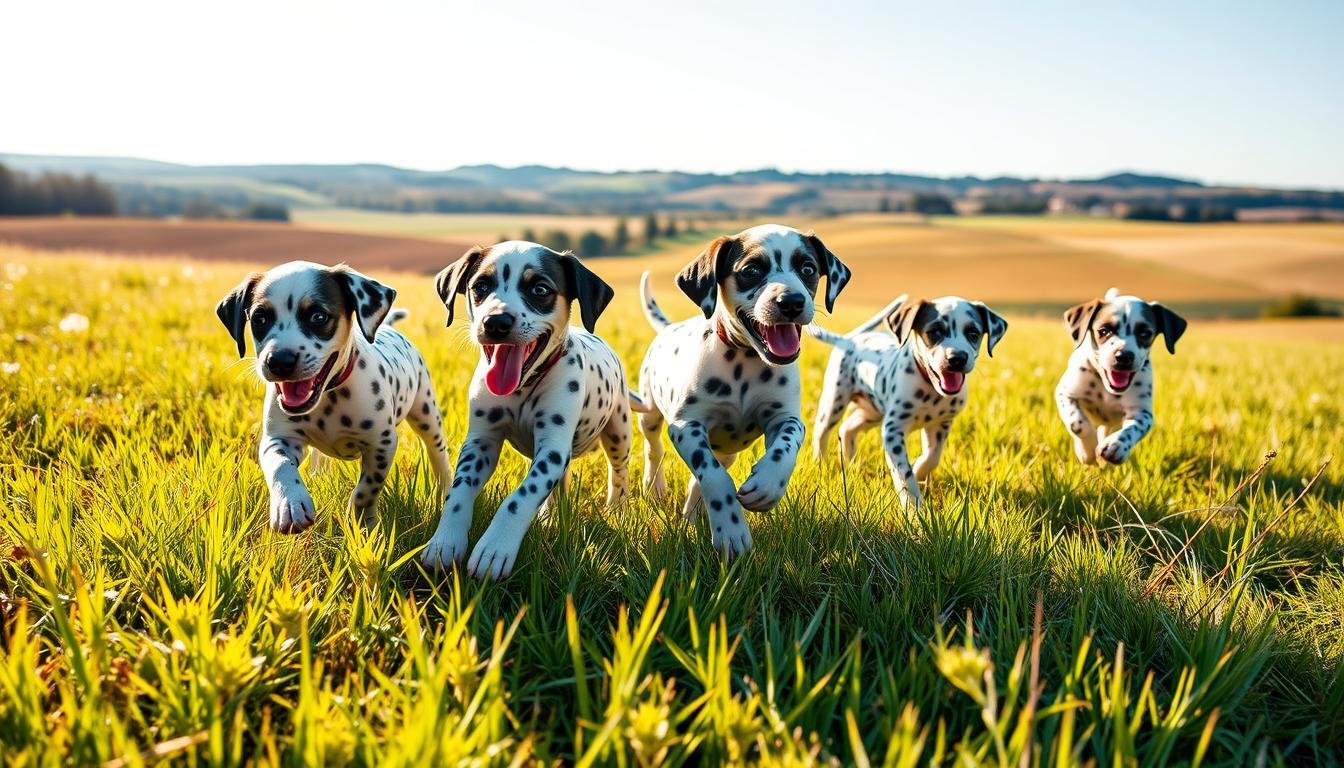
Leave a Reply